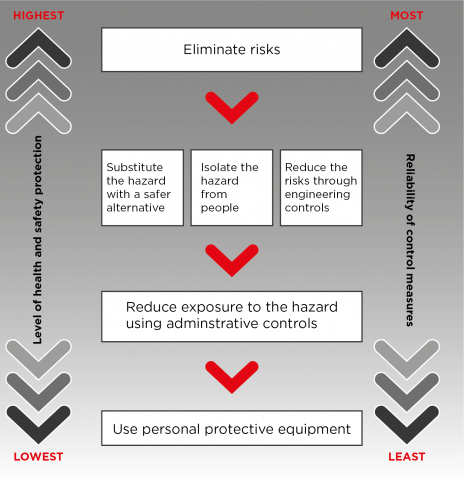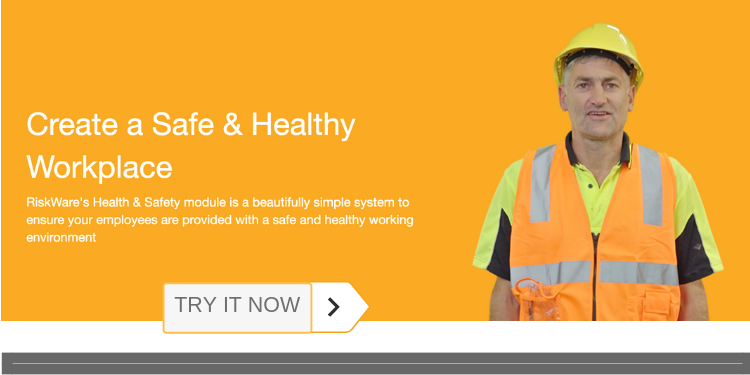In Australia, all companies and organisations are legally obligated to make sure they are providing a healthy and safe working environment for their employees, customers, contractors, visitors, volunteers and/or suppliers. This multidisciplinary field concerned with the safety, health, and wellbeing of all stakeholders in the workplace is known officially as Workplace Health & Safety (WHS).
While there are numerous WHS requirements, luckily they are readily available and meeting these requirements carries extensive benefits such as saving costs, higher staff retention and avoiding serious legal and business consequences.
.jpg?width=600&name=scott-blake-1143099-unsplash%20(2).jpg)
A major component of your WHS obligations is risk management, having a systematic approach to assessing and managing risks. Risk management is a proactive process that enables you to plan for and mitigate all foreseeable hazards.
How do you ensure you are properly approaching risk management to meet your WHS obligations? Here are the four steps your company should be taking to manage WHS risks.
1. Identify hazards: First things first, understand your risks by conducting a risk assessment to determine what in your workplace could cause harm. Hazards generally arise from equipment, materials, substances used at work, workplace design and management, work tasks and how they’re performed and the physical condition of the work environment. Before you can plan to avoid and manage risks, you need to know what they are.
2. Assess risks: Once you’ve identified potential hazards, you need to determine how “risky” they are. In other words, you’ll want to figure out the nature of the harm that could be caused by the hazard, how serious the harm could be, and the probability of it happening. Through a risk assessment, you will determine how severe a risk is, whether there are any existing actions being taken to eliminate or minimise the risk (known as control risks, which will be covered in step #3), the action you need to take to control the risk and how quickly that action needs to be taken.
3. Control risks: Now that you know what your risks are and how detrimental they could be, the next step is implementing either a way to eliminate them completely or minimise them to the best of your ability, within what is reasonably practical. These determined methods are also known as control measures. This is a collaborative process as you’ll want to lean on all those who could be involved with the risk, especially those who will be implementing the control measures.
More often than not, there will be more than one way to control risks and some control measures will be more effective than others. The following is the hierarchy of control measures that WHS Regulations make it mandatory to work through when establishing the action to be taken to manage risks. You must always aim to eliminate the risk, but if that isn’t practical, then you need to minimise the risk by working your way down the hierarchy.

Source: Safe Work Australia
4. Review control measures: The final step in managing your WHS risks is once the control measures are put in place, regularly reviewing that they are working as planned. Obviously if it’s found that a control measure isn’t working effectively or something goes wrong, a review will be required immediately. Ideally, however, you put a process in place, so that you schedule reviews on an ongoing basis. This is the most guaranteed way work health and safety risks are managed effectively.
If you are looking for a tool to help you assess and manage your WHS risks, software like RiskWare, with its Health and Safety Management Modules, can assist you in your efforts, giving you the security that you are taking all the necessary precautions to complying with WHS regulations, protecting your people and your business.











Leave a comment